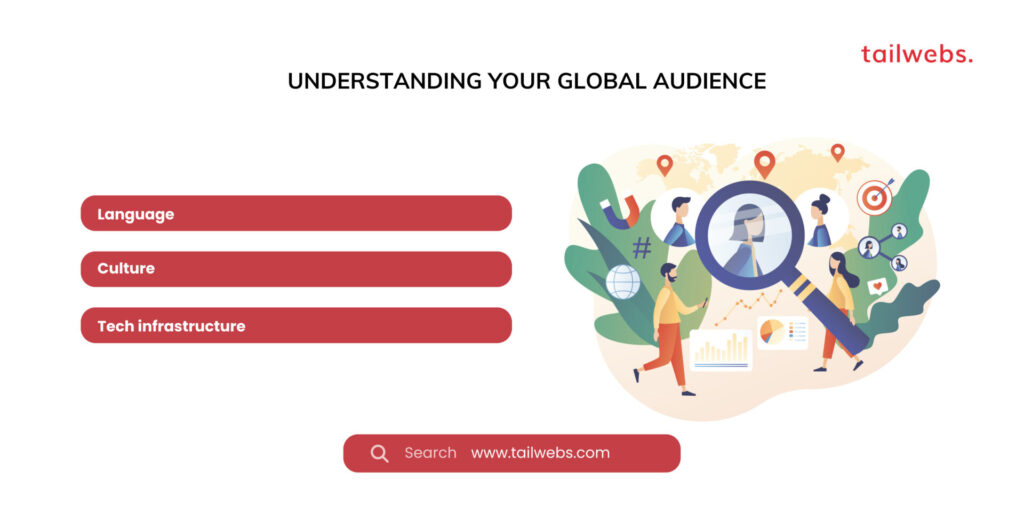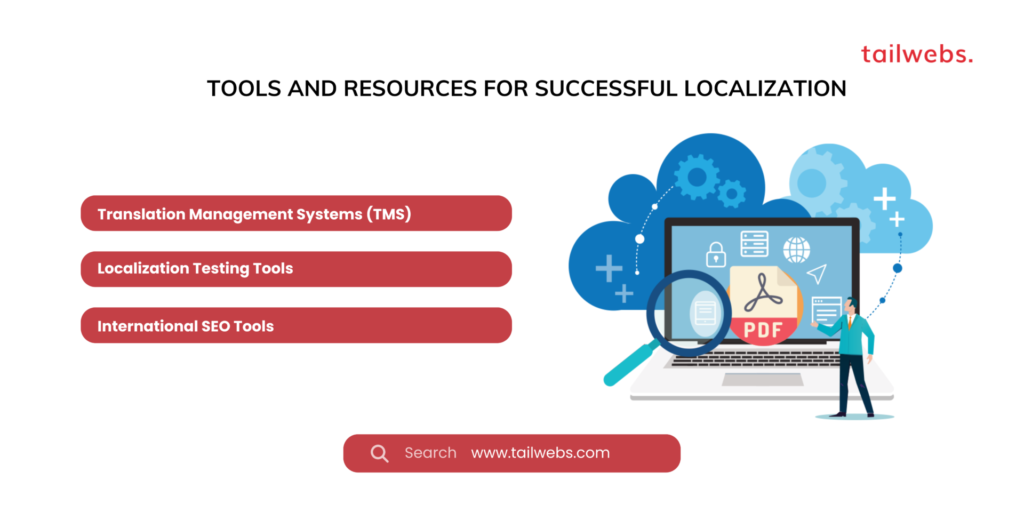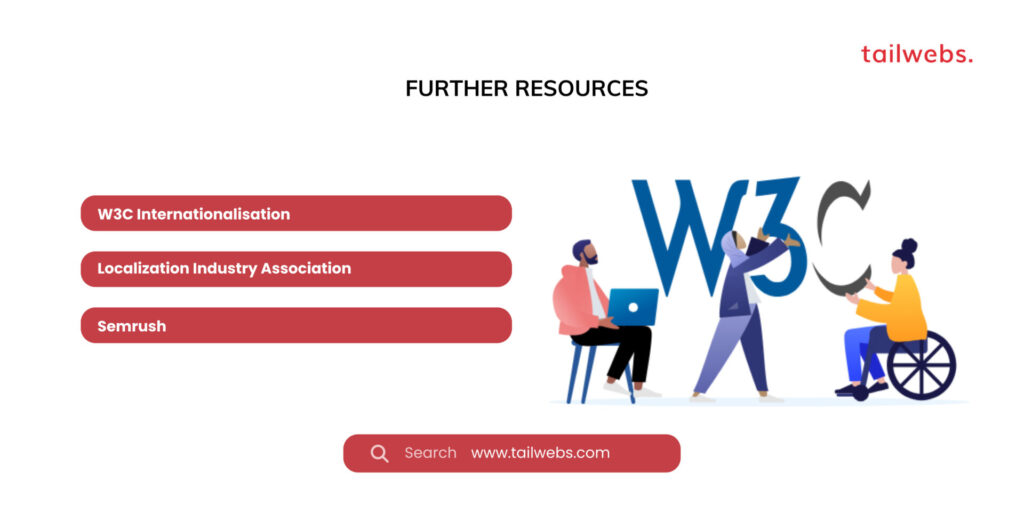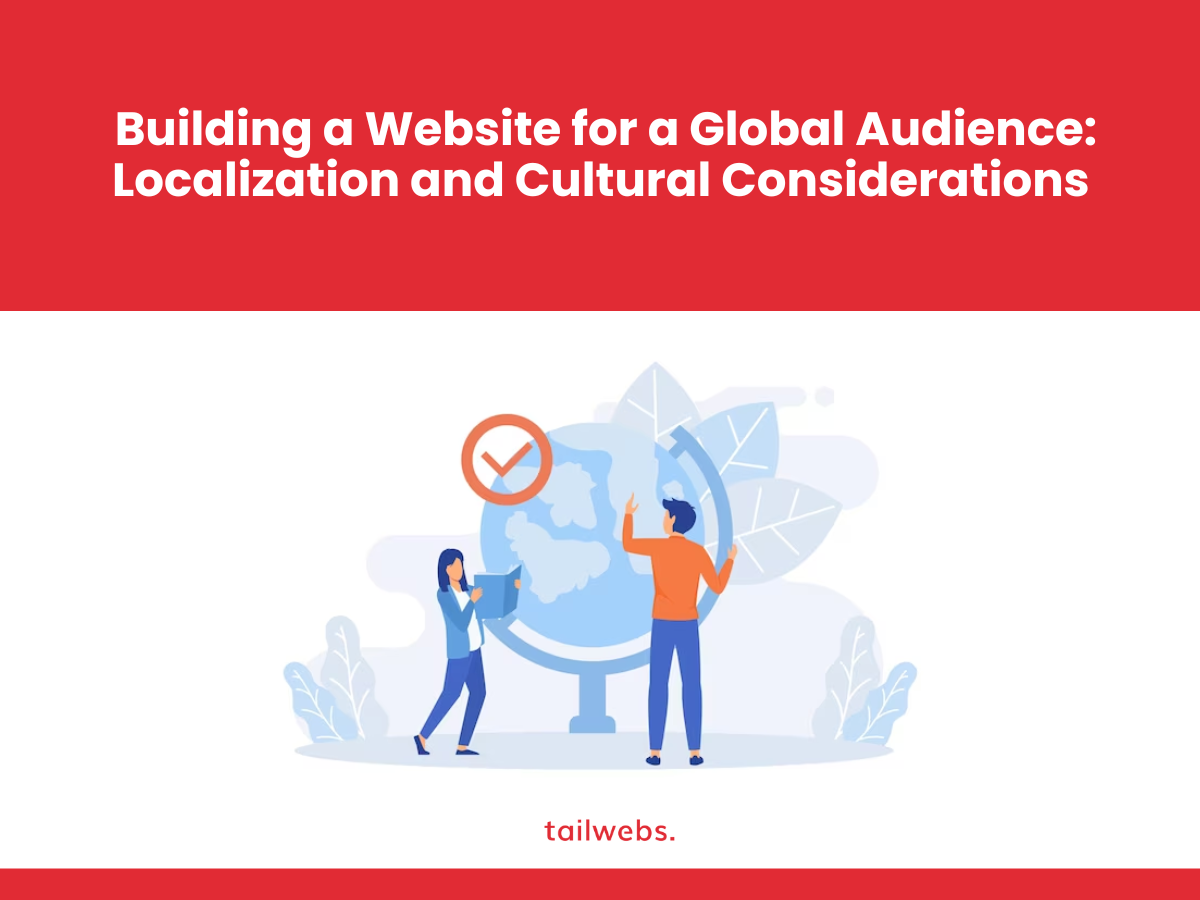The internet knows no borders, connecting individuals and businesses across the globe. In this vast digital landscape, reaching international audiences offers immense potential, but it also presents unique challenges. To truly connect with and convert viewers from diverse backgrounds, you need a website that speaks their language, resonates with their culture, and caters to their expectations. This is where localization comes in.
What is Localization and Why Does it Matter?
Localization goes beyond simple translation. It’s about adapting your website’s content, design, and functionality to the specific linguistic, cultural, and technical requirements of your target market.
Statistics tell the story:
- 75% of global internet users prefer content in their native language.
- 65% of consumers are more likely to purchase from a website in their own language.
- Localised websites experience higher conversion rates, improved brand engagement, and increased search engine visibility.
Understanding Your Global Audience for Website
Before embarking on your localization journey, it’s crucial to understand your target audience. Research their:
Language:
Identify the predominant and preferred languages spoken in your target markets.
Culture:
Research cultural norms, beliefs, values, and taboos to avoid potential misinterpretations.
Tech infrastructure:
Consider internet access speeds, preferred devices, and popular platforms in your target regions.

Localization Best Practices: From Content to Design
Once you understand your audience, here are some key areas to focus on for successful website localization:
1. Content:
Translation:
Use professional translation services that understand cultural nuances and can adapt tone and style accordingly.
Terminology:
Use local terminology and avoid idioms or slang that might be confusing.
Dates and Numbers:
Format dates, currencies, and time zones according to local conventions.
Visual Content:
Adapt images, videos, and infographics to resonate with the target culture.
2. Design:
Fonts and Layouts:
Ensure fonts are culturally appropriate and layouts are readable in different languages.
Colours and Imagery:
Choose colours that carry positive connotations in your target cultures and avoid culturally insensitive imagery.
Navigation and User Interface:
Design a user interface that is intuitive and easy to navigate for users unfamiliar with your home language.
3. Technical Considerations:
Character Encoding:
Use UTF-8 encoding to support various languages and avoid character display issues.
Right-to-Left Languages:
Ensure your website layout adapts to languages that read from right to left.
Search Engine Optimization (SEO):
Implement multilingual SEO strategies using localised keywords and meta descriptions.

Tools and Resources for Successful Localization
Fortunately, several tools and resources can help you navigate the localization process. These include:
Translation Management Systems (TMS):
Streamline the translation process and manage your multilingual content efficiently.
Localization Testing Tools:
Ensure your localised website functions correctly and is culturally appropriate.
International SEO Tools:
Optimise your website’s visibility in international search engines.

Examples of Successful Global Websites
Many companies have successfully implemented effective localization strategies, reaping the benefits of a global audience. Here are a few examples:
IKEA:
Their website adapts language, product names, and imagery to different countries, creating a culturally relevant experience.
Netflix:
Their platform offers localised content, user interfaces, and marketing campaigns, tailoring their approach to individual markets.
Airbnb:
Their website seamlessly navigates between languages and currencies, providing a user-friendly experience for travellers worldwide.

Building Bridges, Not Walls
By embracing localization and respecting cultural differences, you can build bridges with global audiences, expanding your reach and unlocking new opportunities. Remember, it’s a continuous process, requiring ongoing research, adaptation, and refinement. But the rewards of connecting with people from all corners of the world are invaluable. So, start your localization journey today and watch your website transform into a truly global platform for success.
Additional Tips:
- Partner with native speakers and cultural experts for accurate and culturally sensitive localization.
- Conduct A/B testing to see which localised versions of your website resonate best with your target audience.
- Build trust with international audiences by adhering to local data privacy regulations and security standards.
By following these tips and best practices, you can ensure your website speaks volumes, not just words, to a global audience, fostering meaningful connections and achieving lasting success in the exciting world of international online business.
Further Resources:
- W3C Internationalisation: https://www.w3.org/International/
- Localization Industry Association: https://www.thelia.org.uk/
- Semrush: Website Localization Guide: [URL website localization 101 how to expand your reach globally ON Semrush
In our previous exploration, we laid the groundwork for building a website that transcends borders and truly connects with a global audience. Now, let’s delve deeper into the practicalities of localization, delving into specific strategies and showcasing inspiring success stories from companies who have mastered the art of cultural adaptation.

1. Content:
Image Customization:
Replace stock photos with culturally relevant imagery that resonates with your target audience. Remember, a thumbs-up in the US might be considered offensive in some other cultures.
Humour Localization:
Jokes and puns don’t always translate well. Adapt your humour to local sensibilities to avoid unintended misinterpretations.
Local References:
Avoid cultural references specific to your home market. Instead, use references familiar to your target audience.
2. Design:
Colour Psychology:
Colours evoke different emotions and associations across cultures. Choose colours that resonate positively with your target audience. For example, red represents good luck in China, while white symbolises mourning in some cultures.
Layout Adaptability:
Consider right-to-left languages when designing your website layout. Ensure elements like navigation menus and calls to action are easily discoverable and intuitive for users worldwide.
Typography:
Choose fonts that are culturally appropriate and legible in different languages. Some languages require specific fonts for accurate character display.
3. Technical Considerations:
- Currency and Payment Gateways: Integrate local currency options and popular payment gateways used in your target markets.
- Date and Time Formats: Display dates and times according to local conventions to avoid confusion.
- Mobile Optimization: Ensure your website is mobile-friendly and optimised for different screen sizes and operating systems used in your target regions.
Global Success Stories: Learning from the Masters
Coca-Cola:
This beverage giant adapts its marketing campaigns and product offerings to local tastes and preferences. In China, they introduced a sparkling green tea version to cater to local drinking habits.
McDonald’s:
The famous fast-food chain personalised its menus and restaurant designs to reflect local cultures. In India, they offer vegetarian options, while in Japan, they have Samurai Pork Burgers.
Nike:
This sportswear brand tailors its marketing campaigns and athlete endorsements to resonate with different regions. In China, they partnered with famous basketball player Yao Ming to connect with local sports fans.

Remember: Localization is an ongoing journey, not a one-time project. Continuously monitor your website’s performance, gather feedback from your international audience, and adapt your approach based on your findings. By embracing cultural sensitivity and implementing effective localization strategies, you can unlock the immense potential of a global audience and build a website that truly speaks to the world.
Additional Tips:
- Leverage social media platforms and local influencers to reach your target audience in each market.
- Participate in local events and tradeshows to build brand awareness and connect with potential customers.
- Offer excellent customer service in the local language to build trust and loyalty with your international audience.
By following these steps and drawing inspiration from the success stories we’ve explored, you can embark on a rewarding journey of global website localization, opening doors to new markets, fostering meaningful connections, and achieving sustainable success in the ever-evolving digital landscape.





